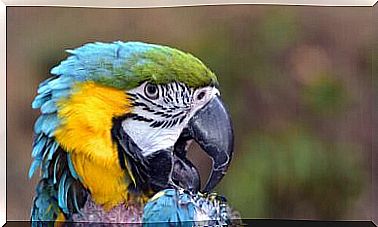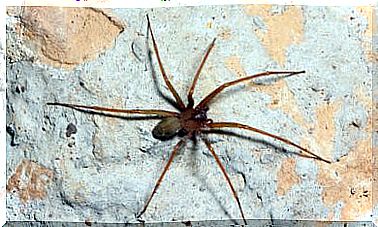How Do You Know If Your Dog Or Cat Is Diabetic?

Among the diseases that dogs and cats can have is diabetes. Animals can suffer from this disease, as well as humans, and it is more frequent than it seems. The diabetes is a disease caused by lack of insulin in the body. Insulin, produced in the pancreas, is the hormone that separates glucose in the stomach, so a lack of this hormone produces an excess of sugar in the blood, which is harmful to health.
How is it possible to detect diabetes?

Fortunately, diabetes has very prominent clinical signs, the main one being urinary incontinence, which results in drinking fluids in large proportions.
Dogs and cats with diabetes demand that the container where they drink water is always full; and his urination becomes high, and he may even urinate at night and in corners of the house.
In addition, the animal also develops food anxiety, which makes it always hungry.
This increase in appetite can cause the animal to become overweight or, surprisingly, it can cause it to lose weight quickly, the same reaction occurs in humans.
If it is suspected that your pet may have diabetes, you should immediately take your pet to the veterinarian for tests to help rule out or diagnose the pet’s diabetes.
The tests consist of detecting an excess of glucose in the blood and urine when the animal is fasting.
Are there some races more likely to have diabetes than others?
In dogs yes, there are some breeds that, due to their genetic particularities, are prone to develop this disease.
An example are the Beagles, Poodles, Miniature Schnauzers, Teckels and Golden Retrievers. On the other hand, German Shepherds, Rottweilers, Boxers and Cocker spaniels are in the lowest risk group of suffering from diabetes.
According to statistics, diabetes is more frequent in unneutered females than in males.
In the case of cats, it does not seem that there are breeds with a predisposition to develop this disease, although in neutered cats it appears more frequently.
Diabetes tends to appear in animals between 7 and 9 years of age.
How is it possible to treat diabetes?

Diabetes is treated by administering insulin and following a strict diet.
Insulin treatment involves several steps. Insulin administration is essential, as without it the pet will go through metabolic disorders that can end its life.
It can be given orally or subcutaneously by injection.
The amount of insulin will depend on the characteristics of the particular animal’s diabetes as well as its weight. When injecting insulin, you must proceed with extreme care, as the animal may react to the prick of the needle. The best area to use the injection is the back of your neck.
As for the diet that a diabetic animal should follow, certain factors need to be taken into account.
Firstly, by not metabolizing glucose well, the animal may suffer from obesity, which should be avoided with a diet with limited caloric contribution, which must be prescribed by the veterinarian.
Likewise, the diet should have a low fat content and a high fiber content, although amounts will vary according to the need to gain or lose weight.
The correct nutrition of a diabetic cat or dog will keep its health stable. In these cases, the balance of nutrients is essential, so it is not recommended to prepare homemade food or administer foods that leave their diets.








